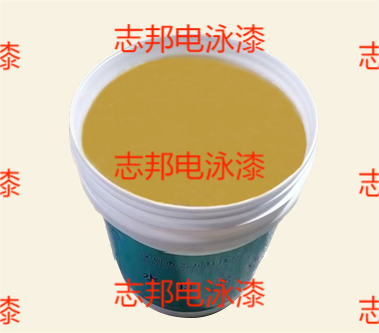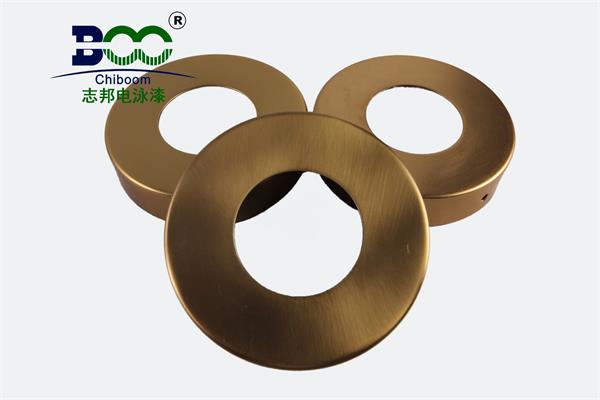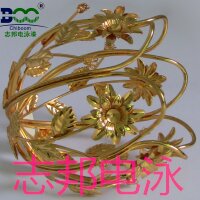Standard of Solid Content in Electrophoretic Paint: Understanding the Solid Content of Electrophoretic Paint
Electrophoretic paint, as a coating widely used in the painting industry,
has its solid content as a key factor influencing the quality of the coating.
So, what is the standard solid content of electrophoretic paint? This article
will provide you with a detailed analysis.
The solid content of electrophoretic paint varies by type. There are mainly three types of electrophoretic paints: cathodic and anodic electrophoretic paints, anodic electrophoretic paints, and multifunctional electrophoretic paints. Among them, the solid content of cathodic and anodic electrophoretic paints is usually between 10% and 20%. This range is influenced by various factors, including the molecular weight of the resin, the particle size of charged pigments, the viscosity and consistency of the liquid. Within this range, the level of solid content directly affects the coating's thickness, color, quality, and performance characteristics.

Compared to cathodic and anodic electrophoretic paints, the solid content of anodic electrophoretic paints is slightly lower, generally between 5% and 10%. Similarly, this content is also affected by factors such as the molecular weight of the resin and the particle size of the pigment. Due to the lower solid content, anodic electrophoretic paints may require more operational skills during the painting process to ensure the quality of the coating.
Multifunctional electrophoretic paints are electrophoretic coatings with superior performance, and their solid content is relatively high, usually between 20% and 30%. This type of electrophoretic paint not only contains monomers, polymers, and other components but also adds pigment particles, thus exhibiting excellent corrosion resistance and chemical resistance. The high solid content allows multifunctional electrophoretic paints to form thicker and more uniform coatings during painting, thereby improving the durability and aesthetics of the product.
Understanding the standard solid content of electrophoretic paint is of great significance to the painting industry. The solid content directly affects the coating's properties, including adhesion, hardness, corrosion resistance, and weatherability. Therefore, when purchasing electrophoretic paint, it is necessary to select the appropriate type and solid content of electrophoretic paint based on specific painting needs and product requirements.
So, how can we detect if the solid content of electrophoretic paint is on the high side? This requires professional experimental methods for determination. Common methods for detecting the solid content of electrophoretic paint include the oven method and infrared spectroscopy. Among them, the oven method is a commonly used method. The specific steps include sampling, weighing, baking, cooling, and weighing again. By calculating the weight difference before and after baking, the solid content of the electrophoretic paint can be obtained. It should be noted that during the experiment, relevant national standards and operating procedures must be followed to ensure the accuracy and reliability of the experimental results.
In addition, for users of electrophoretic paint, it is also necessary to pay attention to the storage and transportation conditions of electrophoretic paint. Electrophoretic paint should be stored in a cool, dry, and well-ventilated place, avoiding direct sunlight and high temperatures. During transportation, attention should also be paid to preventing collisions and compression to ensure the quality and performance of the electrophoretic paint are not affected.
In summary, the standard solid content of electrophoretic paint is a focus of concern in the painting industry. Understanding the solid content of electrophoretic paint and its influencing factors is significant for selecting the appropriate type of electrophoretic paint and ensuring coating quality. At the same time, attention should also be paid to the detection methods, storage, and transportation conditions of electrophoretic paint to ensure that its quality and performance meet relevant standards and requirements.





 WeChat
WeChat